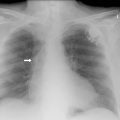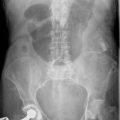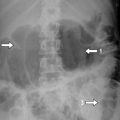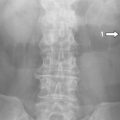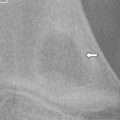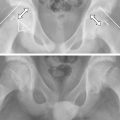38 Imaging of urinary tract calculi
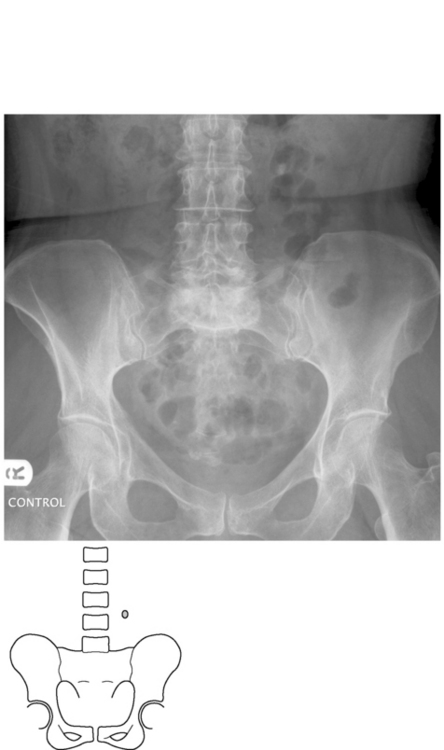
Fig. 38.1 This radiograph demonstrates an opacity to the left of the L3/4 disc space which represents a stone.
Differential diagnosis
This is very wide and includes many causes of abdominal pain:
• pyelonephritis – usually insidious in onset; the patient is febrile, has loin tenderness on examination, and has leucocytes/nitrites/blood in urine
